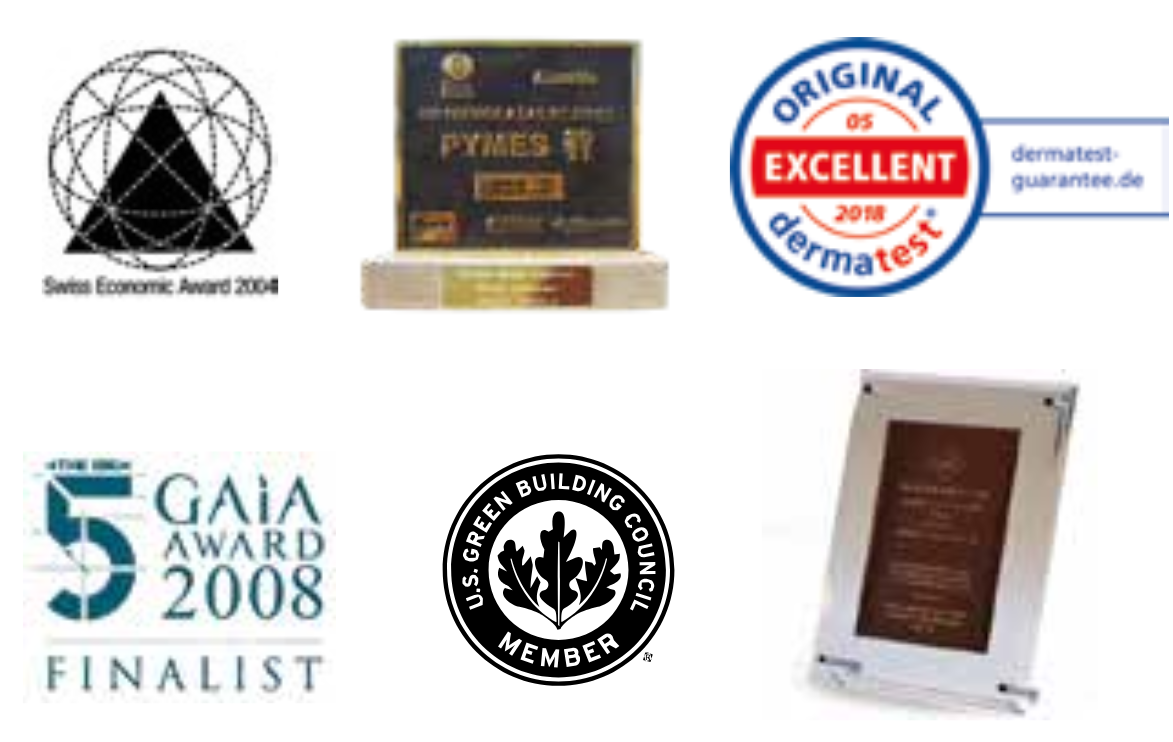How Waterless Urinals are Making a Big Impact on Water Conservation in Public Spaces
In today's world, where protecting the environment is crucial, new technologies are emerging to address one of our most pressing issues: water scarcity. Among these clever solutions, waterless urinals stand out as a simple yet highly effective way to save large amounts of water in public spaces. Let's explore how this technology is significantly improving water conservation efforts worldwide.
The Water Crisis: A Global View
Before we look closely at the solution, it's important to understand the problem:
- Only 0.3% of all water on Earth is available in streams, rivers, and groundwater for potential use as drinking water.
- With climate change making water scarcity worse in many areas, we urgently need water-saving technologies.
Introducing Waterless Urinals: A Game-Changing Technology

Waterless urinals, pioneered by companies like URIMAT, are leading the way in water conservation for public bathrooms. Here's how they're making a difference:
1. Substantial Water Savings
- A single waterless urinal can save at least 100,000 liters of drinking water per year.
- In large buildings with multiple urinals, this can add up to millions of liters saved annually.
2. Environmental Impact
- Using less water also means using less energy to process and transport that water.
- For every cubic meter of water saved, there's a reduction of at least 175g of CO2 emissions.
3. Cost-Effective Solution
- By not needing flushing systems, waterless urinals reduce both installation and running costs.
- The absence of water use also prevents urine scale buildup, further cutting maintenance expenses.
How Waterless Urinals Work

The technology behind waterless urinals is both clever and surprisingly simple:
- Special Design: The urinal bowl is shaped to guide urine directly into the drain without needing water.
- Odor Trap Technology: A key part is the patented odor trap, such as URIMAT's MB-ActiveTrap. This device uses a vertical membrane that lets urine pass through while keeping odors sealed in.
- Microbiological Cleaning System: URIMAT urinals are using the microbiological cleaning system. This system uses helpful bacteria to break down organic matter, preventing smells and keeping the urinal clean.
- Non-Return Valve: Advanced models have a Non-Return Valve (NRV) that closes automatically when the odor trap is removed for cleaning, stopping sewer gases from escaping.
The Science Behind Controlling Odors
One of the main concerns with waterless urinals is controlling odors. However, the science behind these systems effectively addresses this issue:
- Bacterial Spores: Products like MB-ActiveCleaner contain bacterial spores that activate when they come into contact with organic matter.
- These bacteria eat the organic materials that would typically cause odors, effectively preventing their formation.
- This approach is not only effective but also environmentally friendly, as it doesn't use harsh chemicals.

Real-World Impact: Examples
The effectiveness of waterless urinals is clear from their use by major organizations worldwide:
- McDonald's: The global fast-food chain has installed URIMAT waterless urinals in many locations, saving billions of liters of water globally.
- Stadiums: Venues like Tottenham Hotspur Stadium in the UK and St. Jakob Park in Switzerland have implemented waterless urinals, dramatically reducing water use during busy events.
- Transportation Hubs: Swiss Federal Railways (SBB) and various railway stations have adopted this technology, contributing to significant water savings in public transportation facilities.
Beyond Water Savings: Additional Benefits
Waterless urinals offer several advantages beyond saving water:
- Improved Hygiene: The lack of water splashing and the antimicrobial properties of many models contribute to a cleaner environment.
- Reduced Carbon Footprint: By saving water, these urinals indirectly reduce the energy needed for water treatment and transportation, lowering overall carbon emissions.
- LEED and BREEAM Accreditation: Installing waterless urinals can help earn points towards LEED (Leadership in Energy and Environmental Design) and BREEAM (Building Research Establishment Environmental Assessment Method) certifications, improving a building's green credentials.
- Advertising Opportunities: Some models, like those offered by URIMAT, include display screens for advertising, turning the urinals into potential money-makers.
Overcoming Challenges and Misconceptions
Despite their benefits, waterless urinals face some challenges in widespread adoption:
- Perception of Hygiene: Some users might initially think waterless urinals are less hygienic. However, studies and real-world use have shown that they can be as clean as traditional urinals when properly maintained.
- Maintenance Requirements: While different from traditional urinals, the maintenance of waterless urinals is often simpler and less frequent. Regular cleaning and occasional replacement of the odor trap are typically all that's needed.
The Future of Public Bathrooms
As water scarcity becomes an increasingly urgent global issue, waterless urinals are set to play a bigger role in public spaces. Their ability to save large amounts of water while providing a hygienic and cost-effective solution makes them an attractive option for a wide range of facilities.
Conclusion
Waterless urinals represent a significant step forward in water conservation technology for public spaces. By dramatically reducing water usage, lowering maintenance costs, and offering additional benefits like improved hygiene and potential advertising revenue, they are changing how we approach public sanitation. As more organizations and public facilities start using this technology, the overall impact on water conservation could be enormous, significantly contributing to global efforts to preserve our most precious resource: water.



